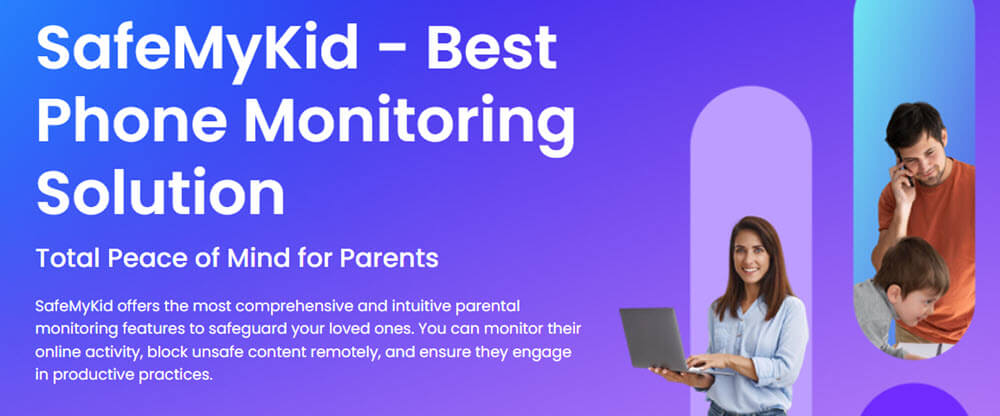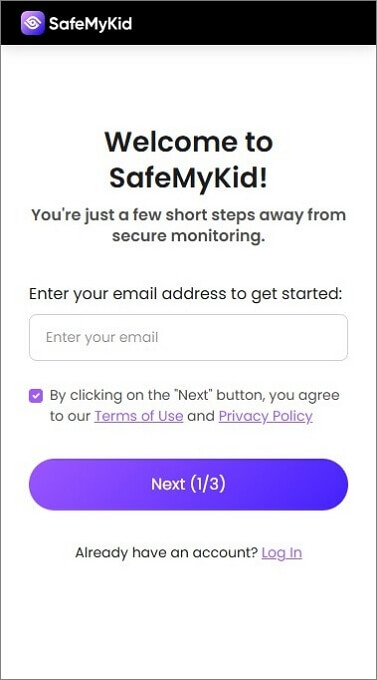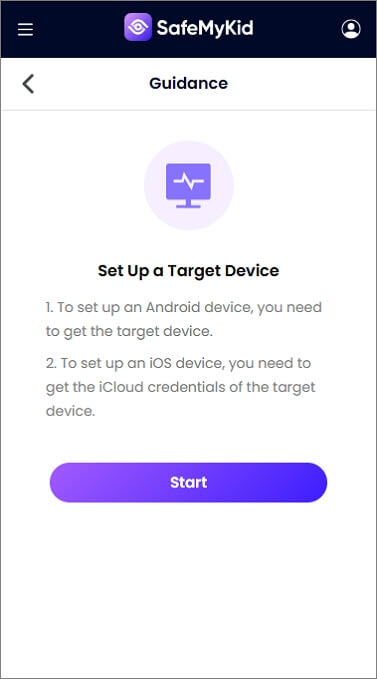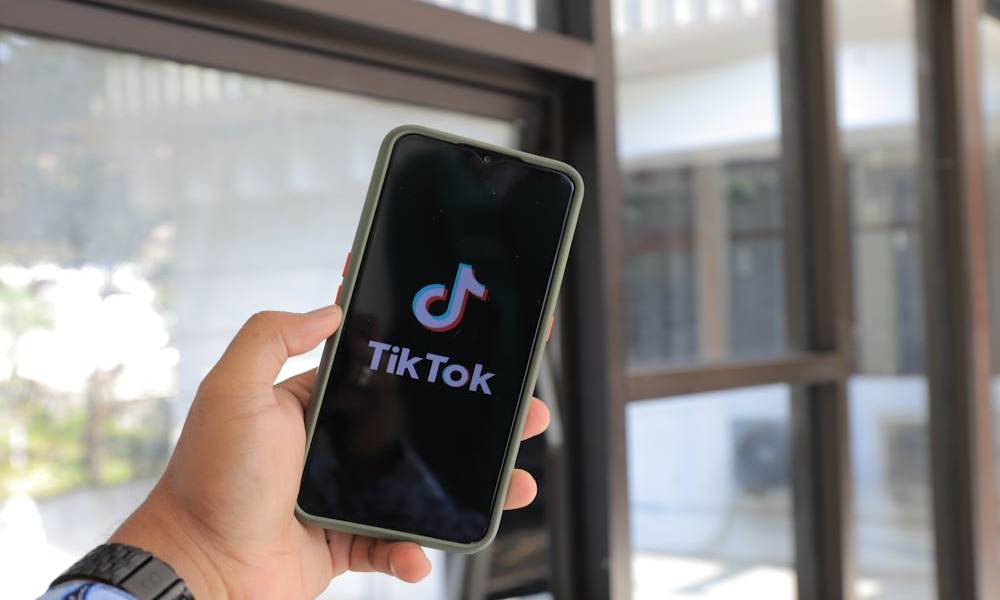7 Important Methods You Need to Know about Teen Phone Monitoring

Teen phone monitoring is essential for ensuring their safety, protecting them from online threats, and maintaining a healthy balance between their online and offline lives.

This blog breaks down the key aspects of teen phone monitoring, including its importance, discreet monitoring methods, and the best tools available.
Why Teen Phone Monitoring Is Important?
The internet is filled with risks, and teenagers are often unaware of the dangers lurking online. Cyberbullying, sexting, and exposure to harmful content can have a negative impact.
Without proper guidance, they may develop unsafe digital habits or interact with dangerous individuals.
By using effective teen phone monitoring methods, you can discreetly track their online activity, set restrictions, and block inappropriate content.
This helps protect them from online threats while fostering responsible and safe digital behavior.
The Best App for Monitoring Teens’ Phones without Them Knowing
Choosing the right monitoring app is essential for effective supervision. A good app should provide comprehensive monitoring features while operating discreetly.
Features to Look for in a Phone Monitoring App:
- Text Message Tracking: Allows parents to view sent and received messages, including deleted ones.
- Call Logs: Provides details of incoming and outgoing calls.
- Social Media Tracking: Monitors activity on WhatsApp, Instagram, Snapchat, and other platforms.
- GPS Location Updates: Offers real-time location tracking.
- Browsing History Monitoring: Displays websites visited by the teen.
- Stealth Mode: Operates undetectably, ensuring discreet tracking.
Discreet monitoring is essential to maintaining trust while ensuring safety. SafeMyKid provides an effective solution that operates in stealth mode.

It runs silently in the background without alerting your teen. You can track calls, messages, and social media without detection.
The app consumes minimal battery and remains invisible. With SafeMyKid, you get full control without breaking trust.
Key Features of SafeMyKid as a Teen’s Phone Monitoring Tool
- Stealth Monitoring: Runs undetected in the background.
- Geofencing Alerts– Get instant notifications when your teen enters or leaves safe zones.
- Detailed Activity Reports: Tracks calls, messages, and browsing history.
- Website and App Blocking: Restricts access to harmful content.
- GPS Tracking: Provides real-time location updates.
- Social Media Monitoring: Observes conversations on various platforms.
With SafeMyKid, parents can monitor their children’s digital activities while ensuring their safety without invading their privacy.
How to Set up SafeMyKid as a Teen’s Phone Monitoring Tool
Setting up SafeMyKid is quick and simple. Follow these steps to begin monitoring your teen’s phone:
Step 1. Sign Up and Create an Account
Visit the SafeMyKid website and register using your email.

Step 2. Set up The App
For iPhones: No installation is required; log in with the child’s iCloud credentials.
For Android Devices: Download and install SafeMyKid on their phones.

Step 3. Start Teen’s Phone Monitoring
Access call logs, messages, and GPS locations via the SafeMyKid dashboard. Once set up, remote and discreet monitoring is enabled.

6 Other Teen Phone Monitoring Methods
Keeping track of your teen’s phone activity is essential for their safety, but it can be challenging.
You need reliable teen phone monitoring methods that provide visibility into their online behavior without violating their trust.
Here are the top 6 ways to monitor your teen’s phone effectively.

1. Using Built-in Parental Controls
Both iPhones and Android devices come with built-in parental control features that allow you to limit screen time, block specific apps, and prevent unauthorized purchases.
These tools offer basic monitoring capabilities but don’t provide deep insights into texts, social media, or browsing history.
How to Enable Parental Controls:
- iPhone: Go to Settings > Screen Time > Content & Privacy Restrictions to set limits and block content.
- Android: Use Google Family Link to manage apps, screen time, and website restrictions remotely.
While useful, these controls lack advanced monitoring features, making them insufficient for comprehensive oversight.
2. Reviewing Phone Usage Reports
Most smartphones provide detailed reports on how much time is spent on different apps. Reviewing these reports can help you identify excessive phone usage and spot concerning trends.
How to Check Screen Time Reports:
- iPhone: Go to Settings > Screen Time > See All Activity to check app usage, notifications, and time spent on specific platforms.
- Android: Navigate to Digital Wellbeing & Parental Controls to view usage stats and set app limits.
These reports provide valuable insights but do not track specific activities like social media chats or browsing history.
3. Setting Internet Filters and Restrictions
Filtering content is one of the most effective ways to keep your teen safe online. Blocking access to inappropriate websites ensures they are not exposed to harmful content.
How Apps Help:
- Block harmful websites to prevent access to adult or unsafe content.
- Restrict social media platforms that may pose risks.
- Monitor browsing history to see what your child is searching for online.
This level of control ensures your teen navigates the internet safely.
4. Tracking GPS Location
Knowing where your teen is at all times can ease your worries and ensure their safety.
Tracking GPS location offers real-time location tracking and geofencing alerts, so you’re always aware of their whereabouts.
Benefits of GPS Tracking
- Live location updates to track their movements in real time.
- Location history logs to see where they’ve been throughout the day.
- Geofencing alerts to notify you if they enter or leave designated safe zones.
This feature helps you ensure your teen’s physical safety without having to check in constantly.
5. Having Open Conversations
No monitoring tool can replace honest and open communication. It’s important to talk to your teen about why you’re monitoring their phone and establish digital boundaries together.
Key Topics to Discuss:
- The dangers of online activities, including cyberbullying and scams.
- Why monitoring is necessary to protect them from harmful content and interactions.
- Establishing clear rules for phone use, including screen time limits and responsible social media behavior.
When done right, monitoring should be about guidance and protection rather than control. Open conversations build trust and help your teen make responsible digital choices.
6. Checking Social Media Activity
Social media is a major part of a teen’s life, but it also comes with risks like cyberbullying, inappropriate content, and online predators.
To ensure their safety, you need to monitor their social media presence effectively.
How to Track Social Media Activity:
- Manually review their friends list, posts, and interactions.
- Use monitoring apps to track messages, multimedia exchanges, and app usage.
- Set up privacy settings to control who can see their posts and personal information.
Legal and Ethical Aspects of Teen Phone Monitoring
Phone monitoring raises important legal and ethical concerns, particularly regarding privacy laws.
Parents should be aware of the legal boundaries before tracking their teen’s phone activity. In most regions, it is legal for parents to monitor the phones of their minor children.
However, monitoring someone else’s phone without their consent is generally illegal and can have serious legal consequences.
While parental monitoring is permitted, maintaining transparency with children about the process is encouraged to build trust and ensure they understand its purpose.
Using monitoring apps ethically and responsibly allows parents to comply with legal guidelines while safeguarding their teen’s digital well-being.
By striking a balance between supervision and respect for privacy, parents can create a safe and supportive digital environment for their children.
Risks of Not Monitoring Your Teen’s Phone

Neglecting phone monitoring can lead to severe consequences. Without proper supervision, teenagers may engage in risky online behavior or fall victim to digital threats.
Potential Risks:
- Cyberbullying: Without monitoring, teens may be subjected to bullying or may unknowingly bully others. Cyberbullying can lead to low self-esteem, anxiety, depression, and even suicidal thoughts.
- Inappropriate Content: Unrestricted internet access can expose teens to explicit material, violent videos, or misleading information that may shape their perceptions negatively.
- Stranger Danger: Social media platforms make it easier for predators to connect with teenagers, often posing as peers or influencers.
- Sexting: Engaging in sexting can result in leaked images, legal consequences, and emotional trauma.
- Screen Addiction: Excessive screen time can lead to sleep disorders, social withdrawal, and declining academic performance.
By monitoring your teen’s phone activity, you can prevent these issues and create a safer online environment for them.
Balancing Privacy and Safety: Setting Boundaries with Your Teen
While monitoring is necessary, parents must be mindful of their child’s privacy. Overly strict surveillance can lead to a loss of trust and rebellion.
Instead of secretly spying on their digital activities, it is best to establish clear rules and foster honest discussions about online safety.
When teens understand that monitoring is for their protection rather than control, they are more likely to cooperate and make responsible choices.
One of the best ways to set healthy boundaries is by explaining the importance of digital safety without making them feel like they are being watched constantly.
Parents should set clear guidelines regarding phone use, including screen time limits, app restrictions, and appropriate online behavior.
Additionally, encouraging discussions about online threats, such as cyberbullying, privacy breaches, and unsafe interactions, can help them become more cautious and self-aware.
Using advanced monitoring tools like SafeMyKid allows parents to track their child’s phone activity without being invasive.
Unlike traditional parental control methods that may feel restrictive, SafeMyKid operates discreetly, providing necessary insights without violating a teen’s sense of independence.
FAQs about Teen Phone Monitoring
Before you start using a teen phone monitoring app, it’s important to know what to expect. Let’s break down the most frequently asked questions.
1. Is it legal to monitor my teen’s phone without their knowledge?
In most regions, parents are legally allowed to monitor the phones of their minor children. However, monitoring someone else’s phone without consent is generally illegal. It’s best to check local laws before using monitoring apps.
2. What is the best way to monitor my teen’s phone without invading their privacy?
The best approach is to use a discreet monitoring app like SafeMyKid, which provides real-time insights without disrupting their digital experience. Open discussions about online safety can also help build trust while ensuring protection.
3. What are the risks of not monitoring my teen’s phone?
Without proper supervision, teens may fall victim to cyberbullying, sexting, online predators, and inappropriate content. Monitoring helps prevent these dangers while promoting responsible digital habits.
4. What features should I look for in a phone monitoring app?
A good monitoring app should offer text message tracking, call logs, GPS location updates, social media monitoring, browsing history tracking, and stealth mode to ensure discreet operation.
5. How can I balance phone monitoring with my teen’s privacy?
Establishing clear boundaries, explaining the purpose of monitoring, and fostering open communication are key to balancing privacy and safety. Using non-invasive tools like SafeMyKid ensures protection without excessive surveillance.
Conclusion
Teen phone monitoring is essential for protecting them from online threats like cyberbullying, sexting, and exposure to inappropriate content.
Parents can use monitoring apps like SafeMyKid, built-in parental controls, or network monitoring tools to ensure safety while maintaining trust.


